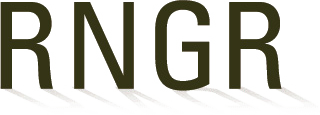Grass cultivars: Their origins, development, and use on national forests and grasslands in the Pacific Northwest
Pacific Northwest, USA
Grass cultivars are a distinct subset of a species, often intentionally bred to behave uniformly and predictably when grown in an environment to which the species is adapted. A cultivar, also called a variety or a release, is given a unique trade name chosen by the breeder. These single-word names — such as ‘Arlington’, ‘Bromar’ or ‘Secar’— most often relate to the place of origin, species name, cultivar characteristics, or an individual involved in the process. Grass cultivars have been used in large quantities, often without an assessment of the consequences. Since grass cultivars vary in their origins, development history, and effects on native plant populations, it is important to know more than the brand name and the species name when considering a seed source for revegetation. Although a cultivar has been developed for particular uses or appears to be adapted to a wide range of conditions, the material may not necessarily be suitable or optimal for all situations. Use of such material may have long-term and possibly irreversible genetic and ecological effects. Therefore it is essential to have a thorough understanding of plant material genetic origins, biological attributes, and level of compatibility with management objectives. In this paper we address the origins, and development of grass cultivars that have been used on national forests and grasslands in the Pacific Northwest. The genetic and ecological consequences of their use are discussed as well as recommendations for selection of plant materials for restoration projects.





